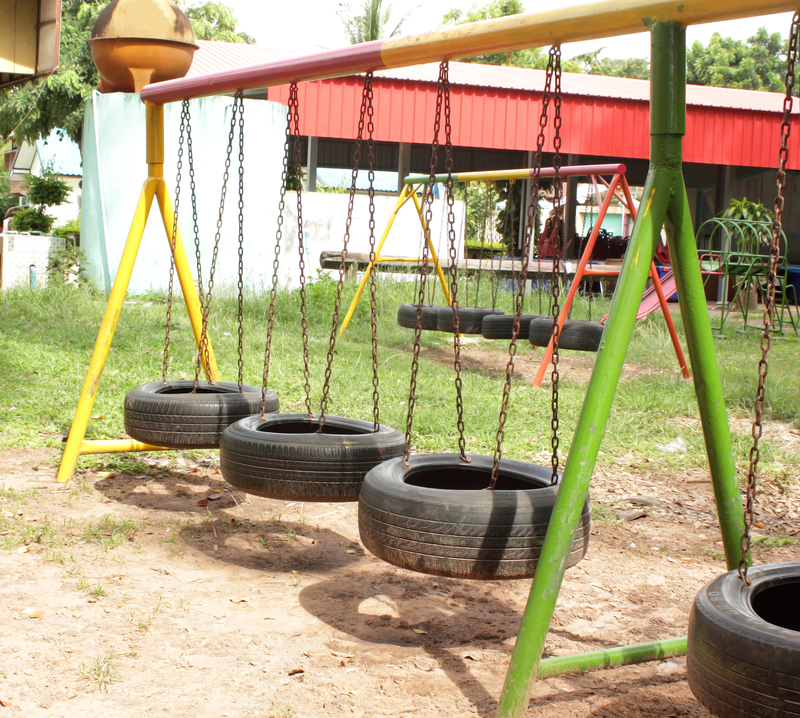A Step-by-Step Approach to PPE Waste Disposal
With the rise in usage of Personal Protective Equipment (PPE) due to health and safety protocols, proper PPE waste disposal has become an essential component of environmental safety and public health. This article provides an in-depth, step-by-step approach to PPE waste management, helping individuals and organizations handle used protective items safely, efficiently, and sustainably. If you are seeking the best practices for disposing of PPE waste, understanding legal compliance, and minimizing environmental impact, this comprehensive guide is for you.
Understanding PPE and Its Environmental Impact
Personal Protective Equipment (PPE) includes items like masks, gloves, face shields, gowns, shoe covers, and respiratory protection gear. During the COVID-19 pandemic, global consumption of these items surged. Unfortunately, many end up in landfills, oceans, and on the streets, contributing to environmental pollution and imposing public health risks.
- Masks: These are predominantly made of non-biodegradable plastics.
- Gloves: Often constructed of nitrile, latex, or vinyl, they don't easily decompose and can harm wildlife.
- Gowns and Coveralls: Typically crafted from synthetic polymers, creating long-term waste.
Improper PPE waste disposal leads to soil and water pollution, endangering terrestrial and aquatic life. Microplastics from degraded PPE materials can enter food chains, affecting biodiversity and potentially human health. Thus, implementing a systematic approach to PPE waste handling is crucial.

Step 1: Identifying Types of PPE Waste
Before you begin with the proper disposal of PPE, categorize the waste. Not all PPE is classified the same:
- Non-infectious PPE waste: Used in low-risk environments, such as households.
- Infectious or contaminated PPE waste: Generated in healthcare facilities, laboratories, or during outbreak situations.
- Reusable PPE waste: Such as some cloth masks, which have a different disposal method when damaged or at the end of life.
Correctly identifying the type helps in choosing the right disposal route and prevents unnecessary risks.
Step 2: Personal Safety When Handling PPE Waste
Always use proper precautions while managing PPE waste:
- Wear disposable gloves.
- Use a mask or face shield to prevent accidental exposure.
- Do not touch your face while handling waste.
- Wash hands thoroughly after waste handling.
These steps minimize the risk of cross-contamination and possible infection transmission.
Step 3: Collection and Segregation of PPE Waste
Proper PPE waste collection and segregation is vital for effective disposal. Follow these steps:
- Designate PPE waste bins: Separate bins for masks, gloves, and other single-use PPE should be placed in strategic, well-marked locations.
- Use color-coded bins and bags: Yellow bags or bins are commonly used for infectious PPE waste. Standard waste can be disposed of in black bags but check local regulations.
- Ensure bins are hands-free: Prefer foot-operated lids to minimize contact and maintain hygiene.
- Do not overfill PPE bins: Overflowing bins increase the risk of spillage and contamination.
Properly segregated PPE waste ensures the next phases of the disposal process are safe and efficient.
Step 4: Safe Containment of Used PPE
The correct containment of PPE waste is fundamental for preventing accidental exposure. Here's how you can do it:
- Double-bag all used PPE: This further reduces the risk of leaks or direct contact, especially for potentially infectious PPE items.
- Seal bags tightly prior to removal from the premises.
- Label bags clearly: Indicate "PPE Waste" or "Contaminated Waste" to avoid confusion during collection.
Step 5: Storage of PPE Waste Before Disposal
Temporary storage is sometimes necessary before waste disposal. To ensure environmental and human safety, follow these best practices:
- Store PPE waste in a secure, well-ventilated area away from public or worker access.
- Do not mix PPE waste with general household or office trash.
- Limit storage time--infectious waste should not be stored for more than 24-48 hours.
Proper storage prevents secondary contamination and accidental exposure.
Step 6: Transportation of PPE Waste
If you operate in a facility such as a hospital or research lab, you likely need to transport PPE waste to a disposal or treatment location. Here's how to do it correctly:
- Use dedicated trolleys, carts, or vehicles: These should be disinfected regularly and used exclusively for medical or contaminated waste.
- Train staff properly on handling PPE waste to reduce mishaps.
- Ensure all bags are sealed and labeled before transportation.
Safe transport prevents environmental release and protects collection workers.
Step 7: Final PPE Waste Disposal Methods
The final personal protective equipment waste disposal can vary based on local regulations and resources. Below are common disposal methods:
1. Incineration
Incineration is considered the safest way to manage infectious or contaminated PPE waste. High-heat combustion destroys pathogens and reduces waste volume, but does generate emissions that must be managed.
2. Landfill Disposal
Some non-infectious PPE waste can be buried in sanitary landfills designed to contain hazardous materials. Used masks and gloves from households should be well-sealed before landfill disposal.
3. Autoclaving and Sterilization
Autoclaving is common in healthcare settings for sterilizing infectious PPE waste before it is landfilled or incinerated. Sterilization neutralizes pathogens and minimizes direct danger.
4. Chemical Disinfection
In some cases, chemical disinfectants can be used to treat waste prior to disposal. This is effective for small volumes of infectious PPE.
5. Recycling (Limited Cases)
Some industry initiatives are exploring PPE recycling, particularly for non-infectious items like plastic face shields and certain mask materials. Always check if your locality or a specialist provider can process and recycle used PPE.
Step 8: Documentation and Record Keeping
For organizational compliance and safety tracking, it's critical to keep clear records of PPE waste generation and disposal:
- Document the amount and type of PPE waste produced.
- Track collection dates, storage duration, and final disposal methods.
- Keep receipts and manifests, especially for commercial and medical settings.
- Update protocols as regulations evolve.
Solid record-keeping supports environmental compliance and can assist in future improvements to your PPE waste management system.
Step 9: Community Awareness and Staff Training
The efficiency of PPE waste disposal is directly linked to awareness and training:
- Offer regular training to staff who handle PPE waste.
- Display informative posters to guide correct disposal in communal areas.
- Educate the public about not discarding PPE in open environments, waterways, or regular recycling bins.
*Education is key* to improving compliance and minimizing environmental impact.
Step 10: Adherence to Regulations and Guidelines
Always consult local, national, and international PPE waste disposal regulations. Some crucial sources include:
- World Health Organization (WHO): Guidelines for infection control and waste management.
- Environmental Protection Agency (EPA) and equivalent local bodies.
- Local municipal waste management policies.
Compliance not only avoids legal penalties but ensures safety for all.
Summary: Best Practices for PPE Waste Disposal
- Identify and segregate PPE waste at the source.
- Use correct containment and labeling for waste bags.
- Store securely and briefly before transport or collection.
- Dispose of using methods compliant with health and environmental regulations.
- Educate, train, and maintain thorough documentation.
Through this step-by-step approach and by following these PPE waste disposal procedures, both individuals and organizations can play a significant role in public safety and environmental protection.

Innovative Solutions and the Future of PPE Waste Management
The challenges of PPE waste are sparking new research and technological innovation:
- Development of biodegradable PPE materials that break down more rapidly in the environment.
- Specialized recycling programs converting used PPE into park benches, construction boards, and more.
- Public-private partnerships to ensure community-wide safe disposal initiatives.
As awareness grows, so too will opportunities to reduce the PPE waste footprint and to keep people and the planet safe.
Conclusion
A structured, step-by-step PPE waste disposal approach is essential for minimizing risks to human health and the natural environment. From identification and segregation to secure disposal and ongoing education, responsibility lies with everyone who uses protective equipment.
By adhering to best practices and adopting innovative solutions, we can ensure that PPE--so vital to our safety--doesn't become a burden for our planet. Stay informed, stay protected, and always dispose of PPE responsibly.